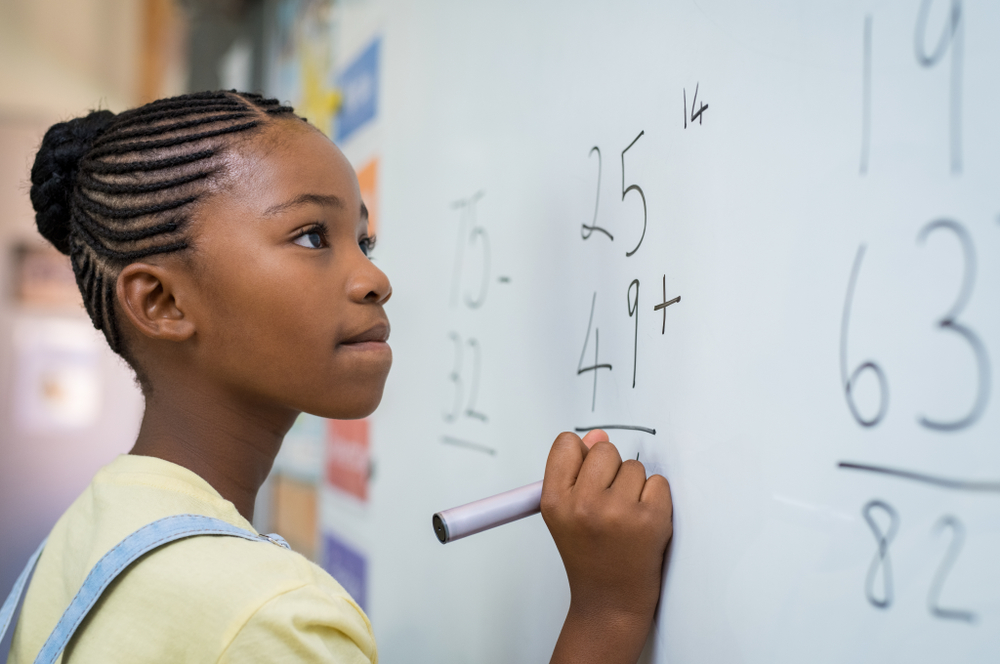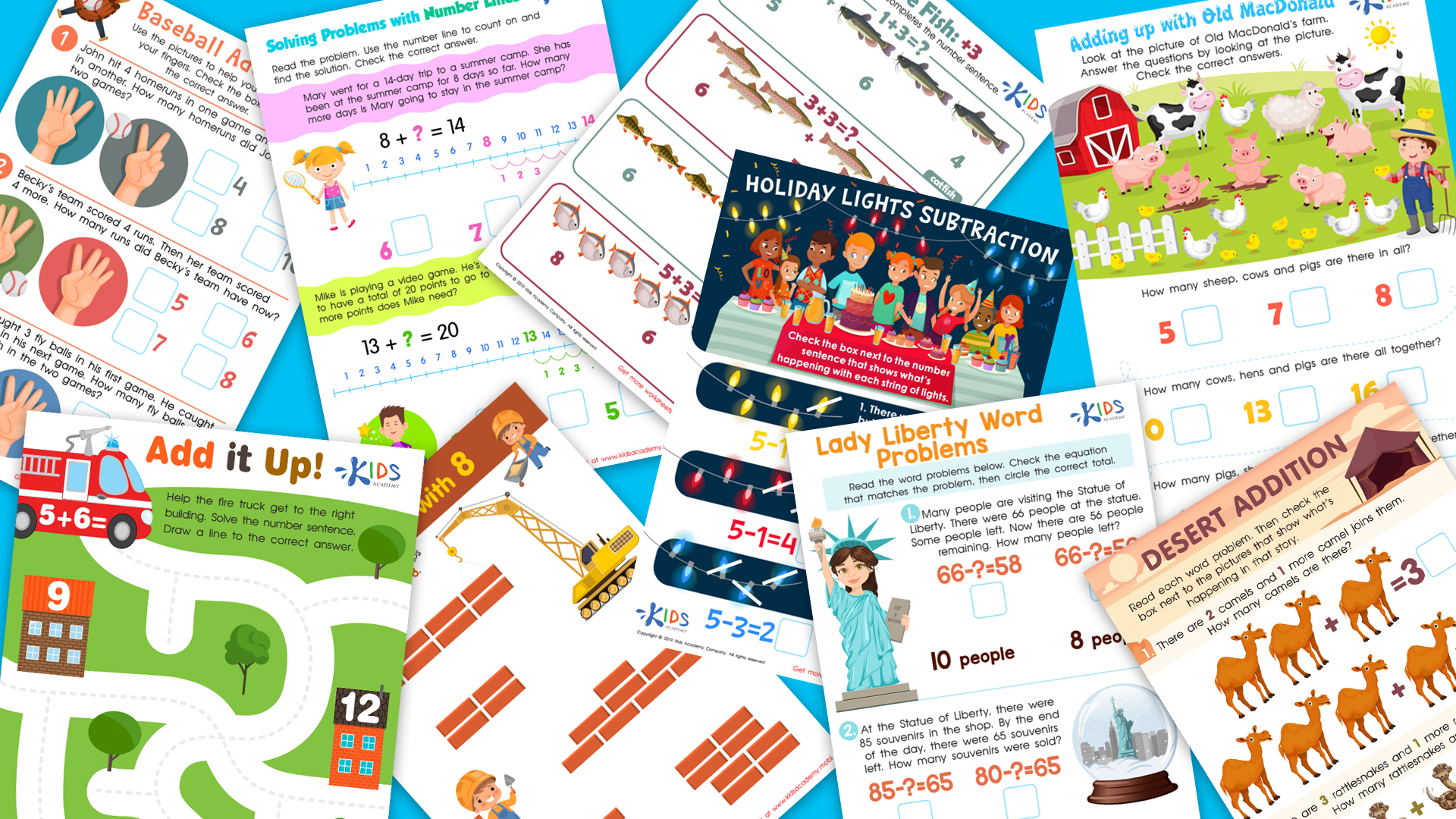Problem Solving Normal Addition & Subtraction Worksheets for 6-Year-Olds
7 filtered results
-
From - To
Unlock your child's potential with our Problem Solving Normal Addition and Subtraction Worksheets designed specifically for 6-year-olds. These engaging activities encourage early learners to develop critical thinking and mathematical skills through enjoyable problem-solving exercises. Filled with colorful illustrations and relatable scenarios, our worksheets help children grasp fundamental concepts of addition and subtraction while enhancing their analytical abilities. These resources not only make learning enjoyable but also foster confidence in young learners as they tackle mathematical challenges. Perfect for home or classroom use, our worksheets will prepare your child for future math success while promoting a love for learning. Download now and inspire!
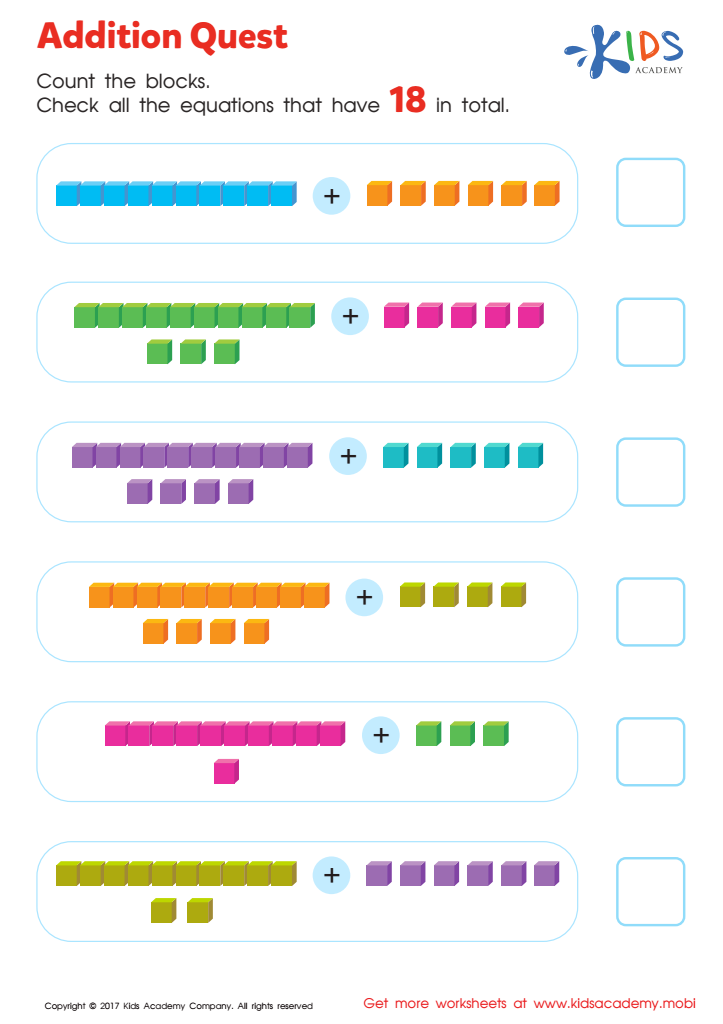

Addition Quest Worksheet: Part 2


Find the Rule Worksheet
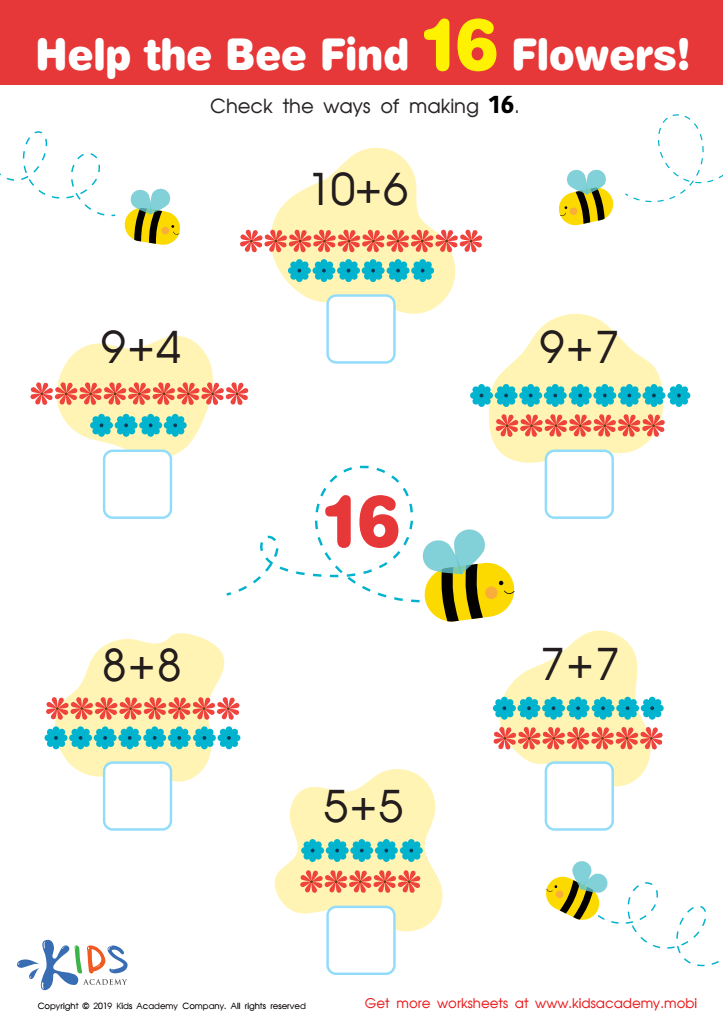

Help the Bee Find 16 Flowers Worksheet


Party Problems Worksheet
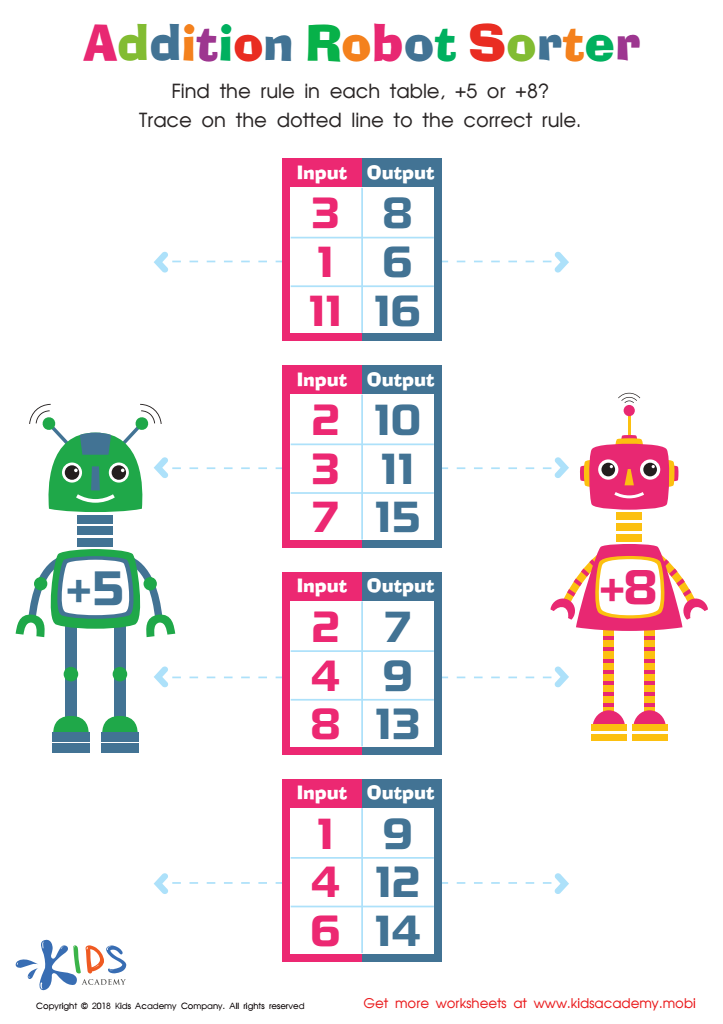

Addition Robot Sorter Worksheet
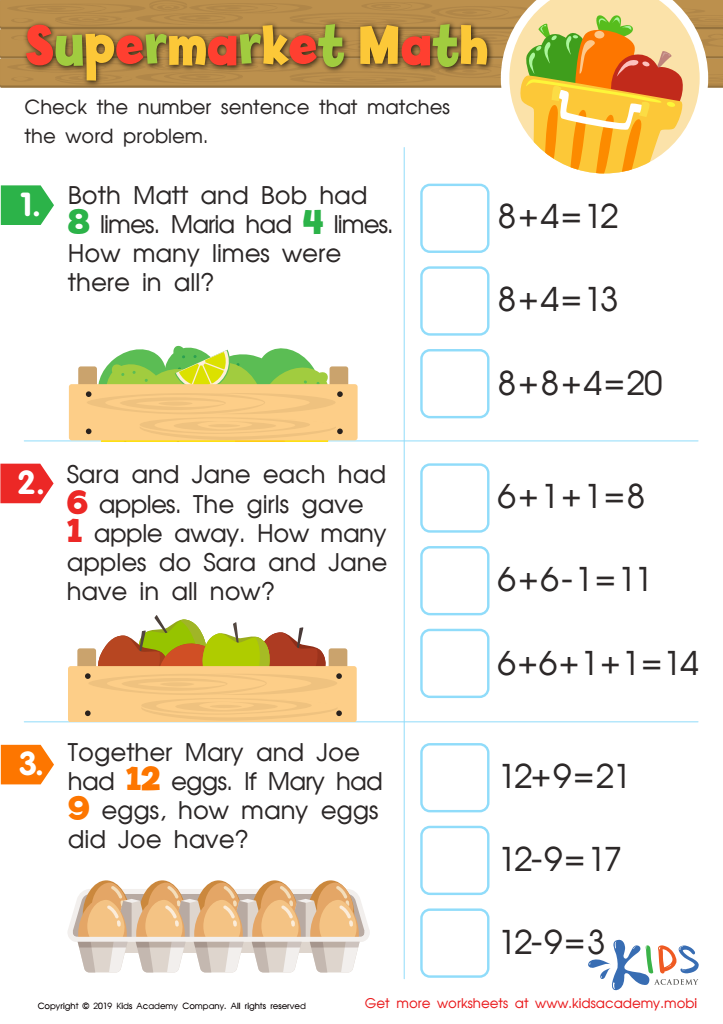

Supermarket Math Worksheet
Parents and teachers should prioritize problem solving with normal addition and subtraction for 6-year-olds because it lays the foundation for mathematical literacy. At this age, children are developing critical thinking skills, and engaging them in problem-solving encourages logical reasoning, persistence, and creativity. By working through real-life scenarios, children learn to apply math concepts beyond rote memorization, making the subject more relatable and enjoyable.
Furthermore, developing strong problem-solving abilities enhances overall cognitive development. It fosters a positive attitude towards learning and helps children become confident in their abilities. Early exposure to these skills can reduce math anxiety and set the stage for future academic success.
Moreover, problem-solving in addition and subtraction promotes collaborative skills when children work with peers, helping them communicate their thought processes. This social aspect fosters teamwork and empathy, essential skills for the future.
Ultimately, incorporating problem-solving strategies in mathematics will equip children with the tools they need not only for school but for real-world situations where they must analyze information, make decisions, and solve complex challenges. By nurturing these skills early on, parents and teachers can ensure a robust educational experience that cultivates lifelong learners.
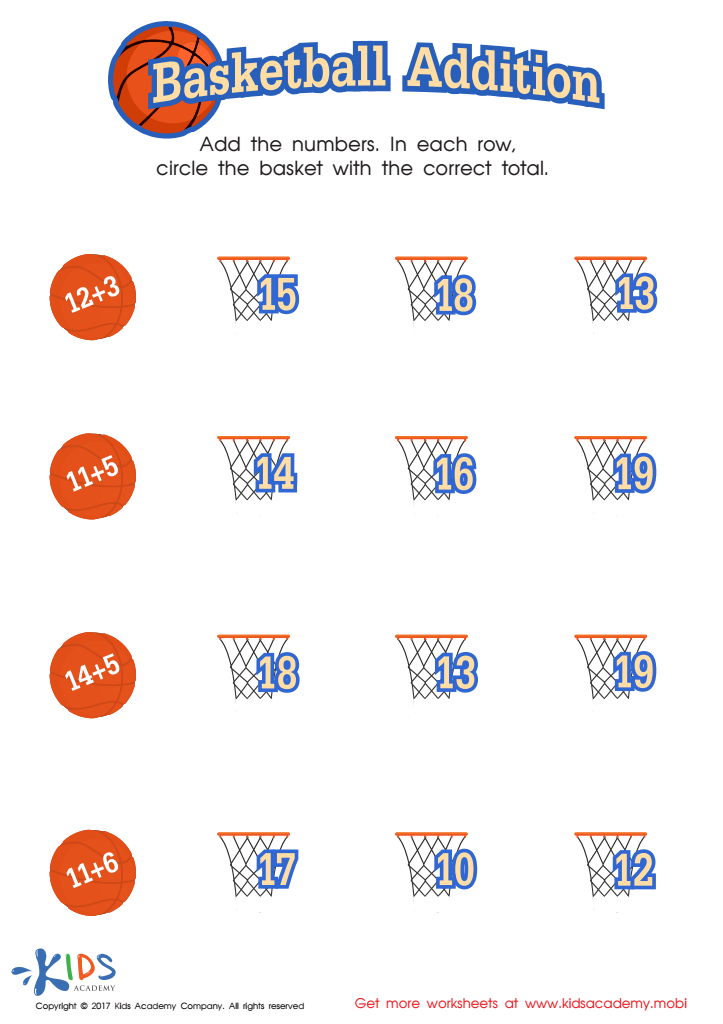
 Assign to My Students
Assign to My Students





